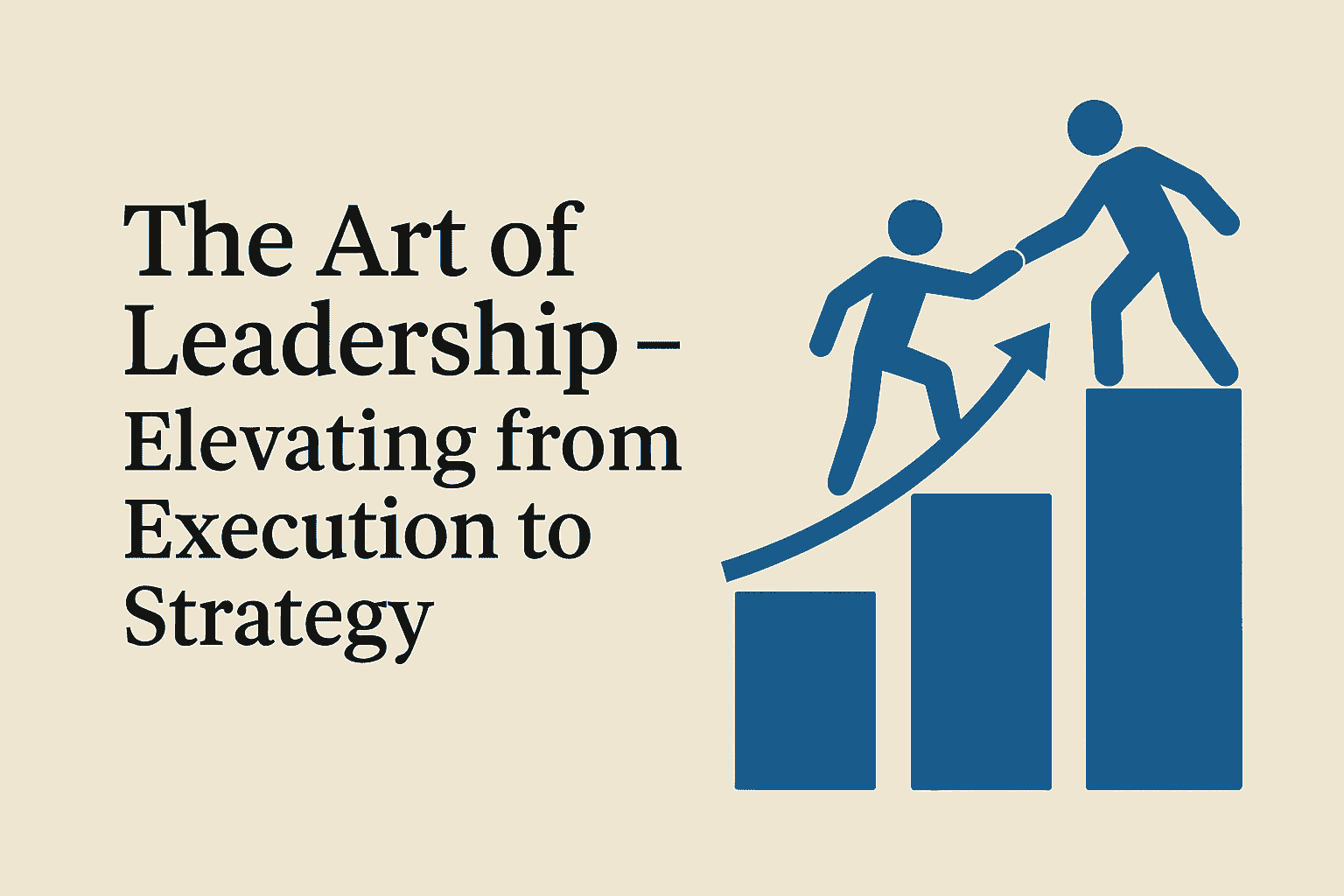Demystifying Product Management
It’s the exciting season of job interviews and there are going to be highs and lows as part of your job search. We, at The Product Folks, are hoping to keep your highs high and lows low by creating a series of posts that can help you find your fit in the PM world, prepare for it and be successful in your job hunt. Let’s start by understanding more about what product managers do.
Who is a PM?
It’s a Sunday afternoon and you’re lazing around your couch. You’re watching something fun on Netflix and Boom! The show’s intro song that you’ve heard far too many times starts playing. You rush to hit the “Skip Intro” button and continue munching on your popcorn.
There was someone at Netflix who recognized that manually fast-forwarding intro songs to be a hassle, analysed how this can be made easier, and came up with a solution. This person is a PM - someone responsible for ensuring that a great feature is shipped.
Product Manager = Tech ∩ Business ∩ Design

A PM would work with different teams -
- Design team: to ensure that the button looks as it should
- Engineering team: to ensure that hitting the skip button skips to the end of the song
- Business team: to ensure that the feature contributes to the overall business goal
Responsibilities of a PM -
- Define a vision for a product
- Align multiple teams and stakeholders around the product vision
- Identify user needs and translate them to product features
- Monitor and analyse competitors
- Prioritize product features and capabilities
How do companies define PM roles?
Product Manager
- Serves as the link between engineering and other roles like user research, design, quality assurance, marketing, sales, customer support, and executive team
- Communicate with stakeholders, customers, and steer all the teams towards the same goal
- Sets product strategy, works on it from ideation, builds roadmap, ships features and takes care till release
Technical Product Manager
- Duties overlapping with a PM alongside a strong technical background
- Usually, someone who transitioned from engineering
- Less focused on the business side and more focused on the engineering side
- Could be of more help to engineering teams than GTM teams
Data/Analytics Product Manager
- Duties overlapping a PM along with a strong data background
- Proficient in data analysis and management
- Works closely with data scientists
- Creates value in features through data-centric approaches
Perks of being a Product Manager
- The full picture: By working with different teams cross-functionally, you get to work with cross-functionally and see the full picture
- Identifying the true problem of a customer and solving for it in the right way
- Constantly on your feet: Having to keep ahead of competitors, use your creativity to build the functionality that solves customer needs
- Always learning: Aligning multiple people with differing personalities and getting them to work as a team comes with it a unique set of challenges
- Great salary and job satisfaction
Downsides to Product Management that nobody tells you
- Although the role is called Product “Manager”, you don’t “manage” anybody and it is about influencing without any authority and being comfortable with large chunks of your job being out of your control
- Pressure to decide among differing opinions from developers, designers, customer support, sales team members
- If the Titanic had sailed successfully, it wouldn’t be the captain who would be lauded. But when it sank, it was the captain that was blamed. The product manager is on the same boat (or ship). If a shipped feature was successful, a PM will celebrate and move on to doing the same thing from scratch. But if it failed, it would fall on them.
If you are up for the rollercoaster ride that is product management, join our Slack Community: https://bit.ly/jointpf to network with PMs, hear about job postings and collaborate with product folks like you! Stay tuned for the next part in this series that focuses on building your Product Management resume.
- Mathangi Sankaran
.gif)





.avif)
.avif)

.avif)
.avif)
.avif)

